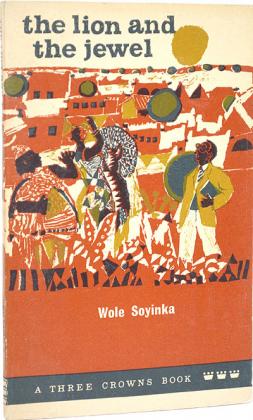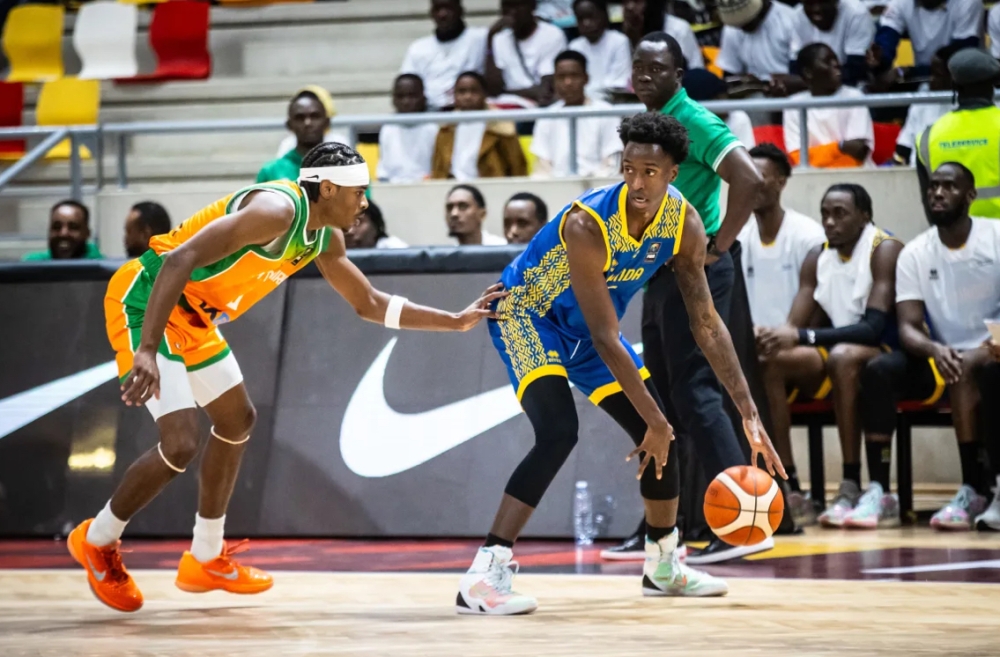The Lion and the Jewel is a play by Wole Soyinka, one of Africa’s leading dramatist and Nigeria’s great writer. Wole Soyinka was born on 1934 in Yoruba land in the city of Abeokuta, Western Nigeria. The Lion and the Jewel was published in 1963. The play is a comedy physically located in the village of Ilujinle, in Nigeria.


The Lion and the Jewel is a play by Wole Soyinka, one of Africa’s leading dramatist and Nigeria’s great writer. Wole Soyinka was born on 1934 in Yoruba land in the city of Abeokuta, Western Nigeria. The Lion and the Jewel was published in 1963. The play is a comedy physically located in the village of Ilujinle, in Nigeria.Wole Soyinka uses symbolism through his title, The Lion and the Jewel; two things put together and side by side. Both a lion and a jewel have admirable qualities. The word lion connotes a king of animals. It implies strength and superiority. Jewels are adorable by many. In the play it is the lion that is after the jewel. Symbolically and metaphorically in this play, it turns out that the lion deserves the jewel. There is competition between Lakunle and Baroka for Sidi, who is the jewel. She is the village belle; calm, simple and dignified. Sidi is presented as a girl who knows what she wants in life. Lakunle is a young school teacher in his twenties whose behavior influences Sidi’s choice of marriage. Lakunle is educated and impressed by the western ideals of modernity. He is portrayed as ridiculous as the town ways he wishes to introduce in the village. He naturally admires Sidi and dreams about marrying her. His approach turns out to be his undoing in winning a young and beautiful girl like Sidi. Lakunle does not want Sidi to carry water on her head because her neck will become shorter. Even at the time of his loss he thinks he needs time to prepare, to learn to like the thought of marriage, and even asking his pupils’ consent. He is too engaged in his book knowledge at the expense of real life experiences. He is shown as a man with unattainable ideals.Baroka, the Bale, is assertive and shows experience of life. He shows that he is a practical man. Baroka is proud of his age because it depicts wisdom and skill. He fakes impotence to Sadiku, his eldest wife, well knowing that she would not keep quiet about it. This shows that he can use his age and experience to manipulate both the young and the old. By calling Baroka the lion, we associate him with manliness, authority, royalty and pride. We see him instead as the potent hero of the play, well preserved and still competitive at 62.Ironically, Sidi, who sets to trap and tease Baroka, ends up in his snare instead. She goes along and all the way to understand Baroka’s view of things. As a young and vibrant belle she becomes rather excited and determined to marry Baroka instead of the watered-down young teacher, who is not even willing to pay bride-wealth. All that matters to Sidi is being blessed by Sadiku.The Lion and the Jewel is mainly a form of contest and confrontation between the youth and the old at one level; and tradition and modernity at the other. It is the snare Sidi sets for Baroka that ends up trapping her instead. This is where The Lion and the Jewel as a comedy gives readers the ultimate enjoyment. The reviewer is an educationist and publisher




